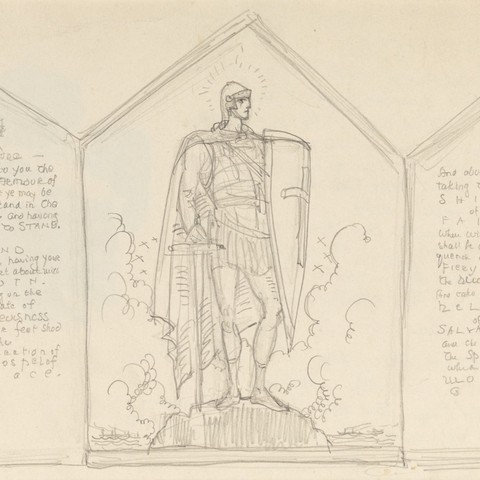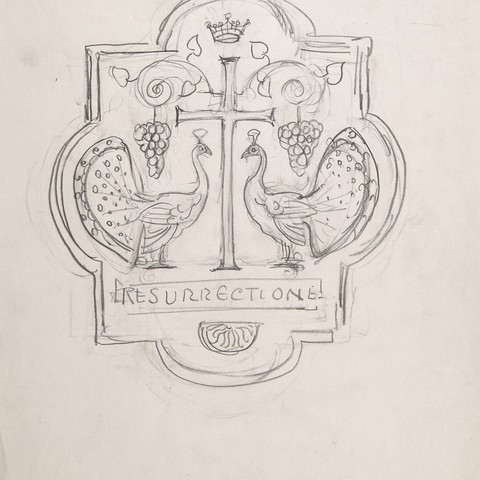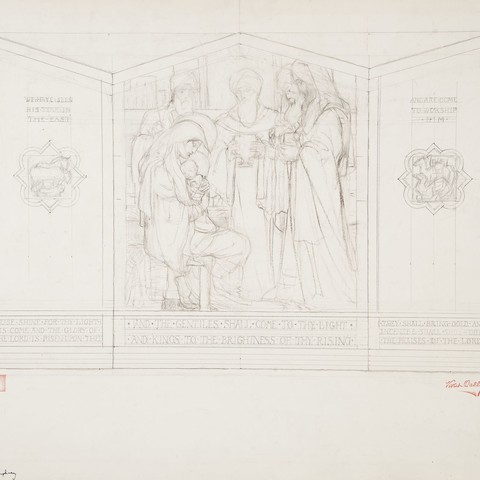Commissions and Projects
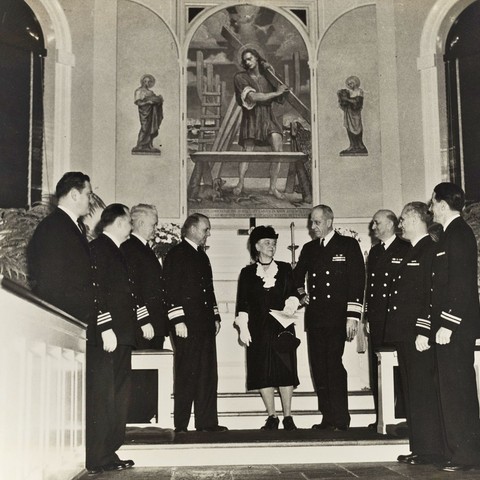
"Christ the Carpenter" World War II Portable Altarpiece
Altarpieces, Philadelphia Naval Base Chapel
View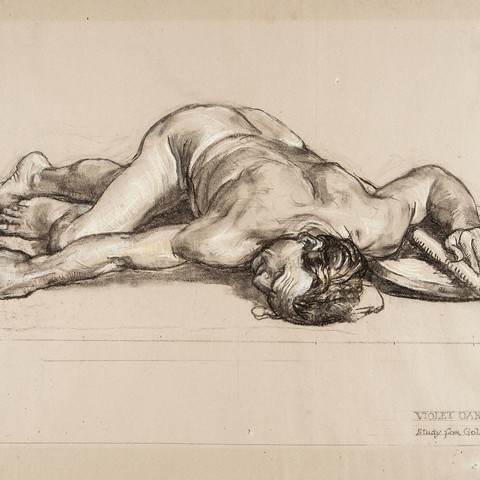
"David and Goliath" World War II Portable Altarpiece
Altarpieces, Indiantown Gap Military Chapel, PA
View
"Widow of Nain" World War II Portable Altarpiece aka "The Compassionate Christ: Symbol of Reunion" aka "Reunion of Mother and Son"
Altarpieces, Norfolk Naval Hospital (US Naval Hospital Portsmouth, VA); Halloran Hospital, Staten Island, NY; Kennedy General Hospital, Memphis, TN
View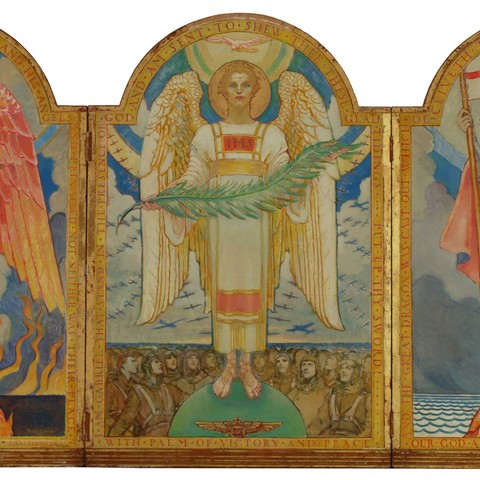
"Angel of Victory" World War II Portable Altarpiece
Altarpieces, Naval Air Base at Floyd Bennett Field, Brooklyn, NY; Camp Breckenridge, KY
View
"Traveling Altarpiece ['Christ Walking on Water']" World War II Portable Altarpiece aka "Christ Walking on the Sea" aka "Jesus Walking on the Sea"
Altarpieces, USS Cebu
View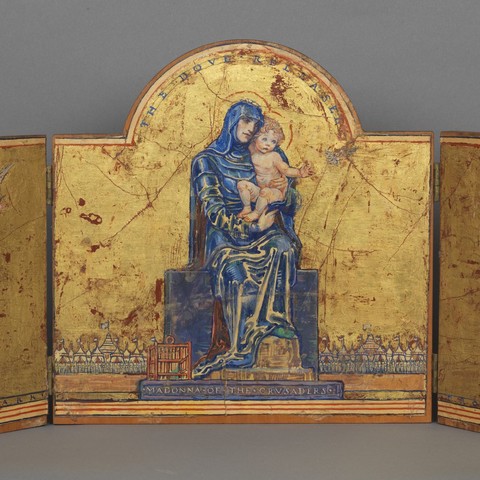
"Madonna of the Crusaders" World War II Portable Altarpiece
Altarpieces, Fort Dix, Burlington County, New Jersey
View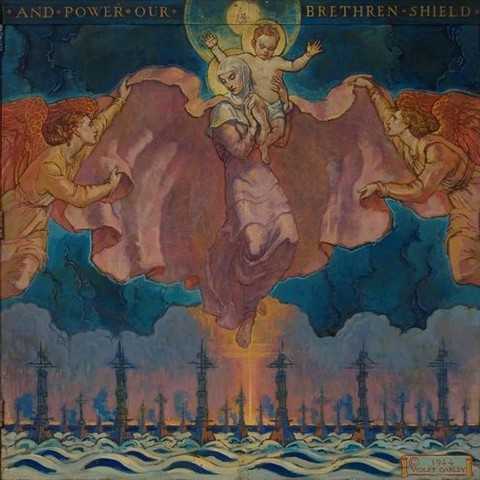
"Madonna of the Sea" World War II Portable Altarpiece
Altarpieces, St. Albans US Naval Hospital, New York, NY; USS Leedstown; USS Baltimore; USS Currituck
View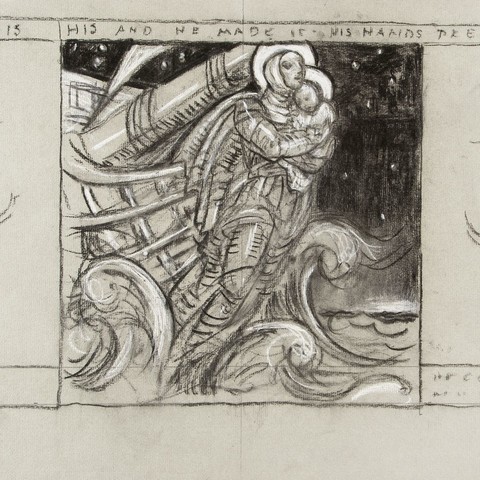
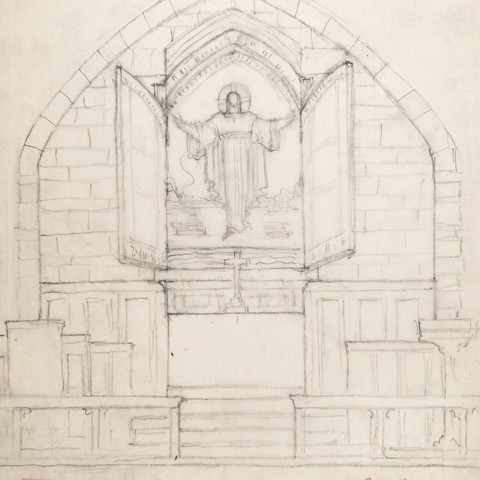

"Christ Stilling the Storm" World War II Portable Altarpiece aka "Christ Stilling the Waves" aka "Christ and the Sea"
Altarpieces, USS Seattle, Training Ship, 52nd St., NYC; USS Langley; USS Massachusetts; USS Piedmont; United States Merchant Marine Academy, Kings Point, New York
View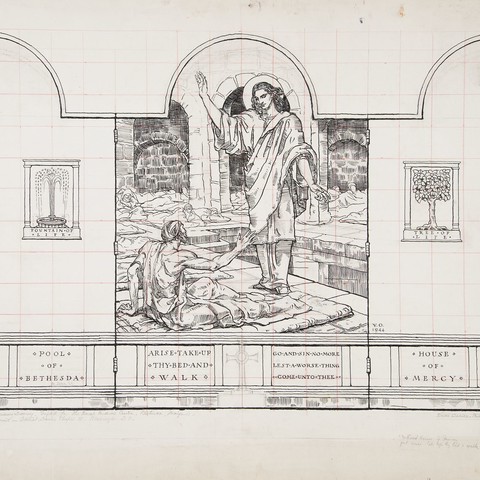
"Christ at the Pool of Bethesda" World War II portable Altarpiece
Altarpieces, Naval Medical Centre, Bethesda, Maryland
View
